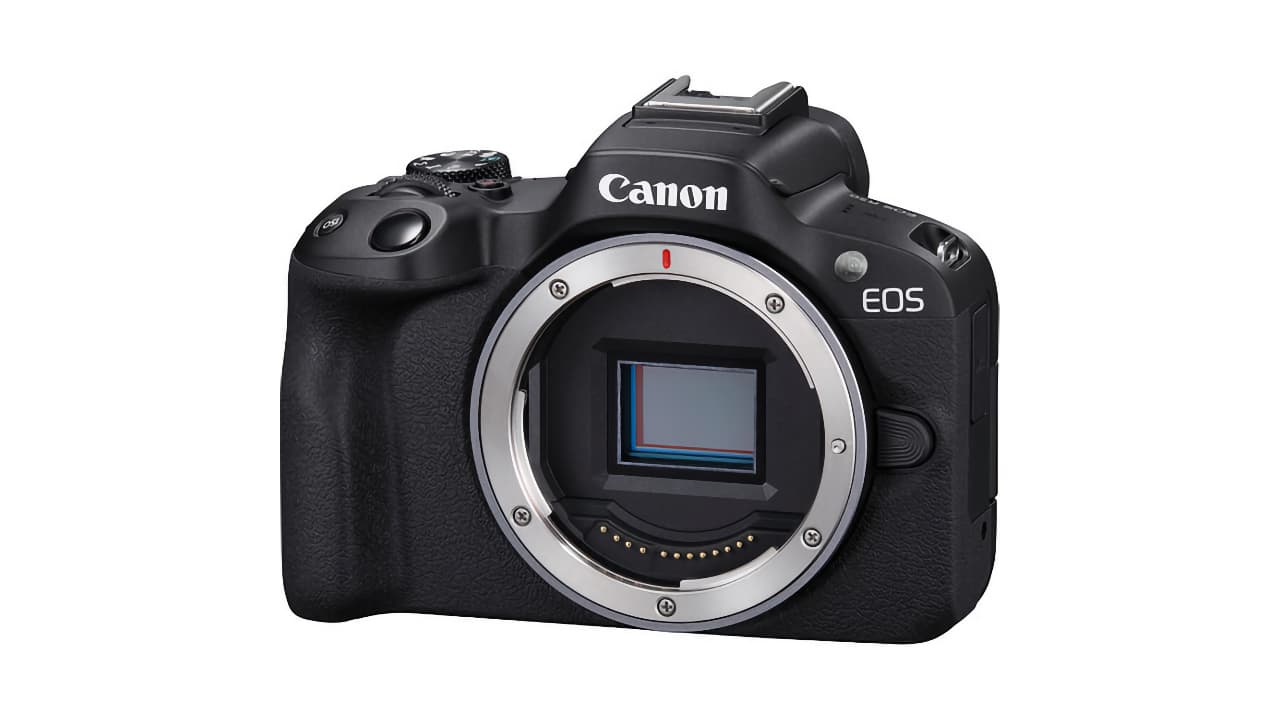
The average price of a digital camera has risen 6x in the past decade, making models such as the Canon EOS R50 the new normal.
During 2022 and according to a Japanese trade body called the Camera and Imaging Products Association (CIPA), the average price of a digital camera hit ¥85,000 in 2022, roughly $626. That, allowing for a bit of wiggle room in the exchange rates, works out at roughly the level of the recently announced Canon EOS R50 in the mirrorless world.
Now, we confidently expect that many of the people reading this will have spent a lot more on a camera in recent times; it’s a bit like talking about the average price of a five-door family hatchback on a Ferrari enthusiast’s site. But it’s not so much the price as the direction of travel that’s interesting here.
As Nikkei Asia pointed out when reporting the figures, that price is more than double what it was three years ago. And, even more than that, it’s 6x what it was 10 years ago.
That’s a fairly healthy increase for an industry that has been in the doldrums since people first started sticking cameras into mobile phones. But the post-pandemic era has seen some recent large scale recoveries in global digital camera shipments for the major Japanese manufacturers.
Pre-smartphone, in 2008, CIPA’s figures show that revenue from global digital camera shipments was in the region of ¥2.16 trillion and accounting for 120 million units every year. By 2020, those figures had dropped hugely by 93% and 81%, respectively. That’s down to ¥149 billion and 22.8 million units if our maths is right, which is a brutal downturn in any industry
Since then through there’s been a recovery. Shipments during 2022 were worth 40% more than then previous year, which also represented an improvement. It’s nowhere near what it was before iOS and Android came along to ruin the party, but in relative terms its a huge upswing. Indeed, Nikkei Asia reckons that combined operating profits at Canon, Nikon and Fujifilm's imaging products segments reached a seven-year high of about ¥220 billion in April-December last year.
A long away from the peak
It’s still a long way off the 2008 high. Japanese companies make over 90% of the world’s digital cameras and, even with that healthy uptick in the past couple years, these companies are still making only a third of the cameras they once did. What’s key to the ongoing profitability though is the increase in price as they first pivot to more expensive mirrorless technology and then cram in an expanding roster of features — especially all the new AI bells and whistles that are appearing on even entry level cameras — that they can justify a premium pricing for.
And growth is coming from several directions all at once according to the companies.
"Younger generations are growing more interested in photography from interacting with lots of pictures on social media, while older fans familiar with single-lens reflex cameras are interested in new technologies behind mirrorless cameras," said Hiroyuki Ikegami, general manager of Nikon's Imaging Business Unit.
"Interchangeable lens cameras are becoming more popular," said CIPA President and Sony Group Vice Chairman, Shigeki Ishizuka. "The spread of smartphones has made photography an everyday activity, leading to a surge in skilled photographers that are gravitating toward [interchangeable lens cameras].”
So, where are we going from here? As the DSLR market shrinks even further, it looks like photography is becoming a progressively more expensive hobby. If current trends continue, the average price of a camera in 2026 will be over $1200, closer to what you would pay for a Panasonic Lumix GH5 II.
The balance the camera manufacturers have to work on in the time before then is how far they continue to raise the entry point versus what features percolate downwards to an ever-more capable lower end.
Yes, you get more for your money nowadays. But you also pay more for it in the first place too.
h/t to Peta Pixel.
Tags: Production Cameras


Comments